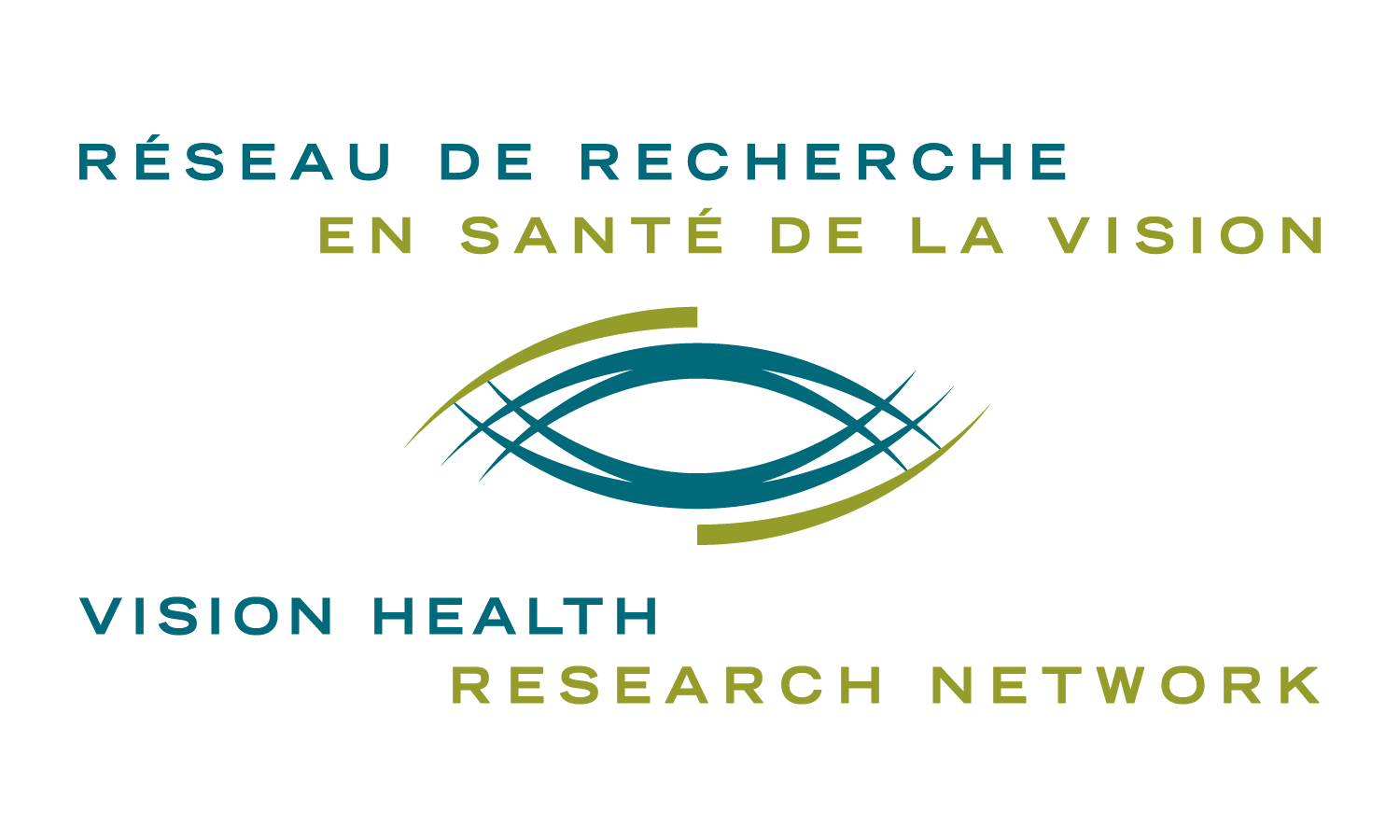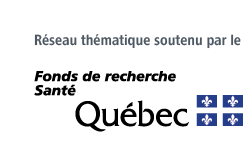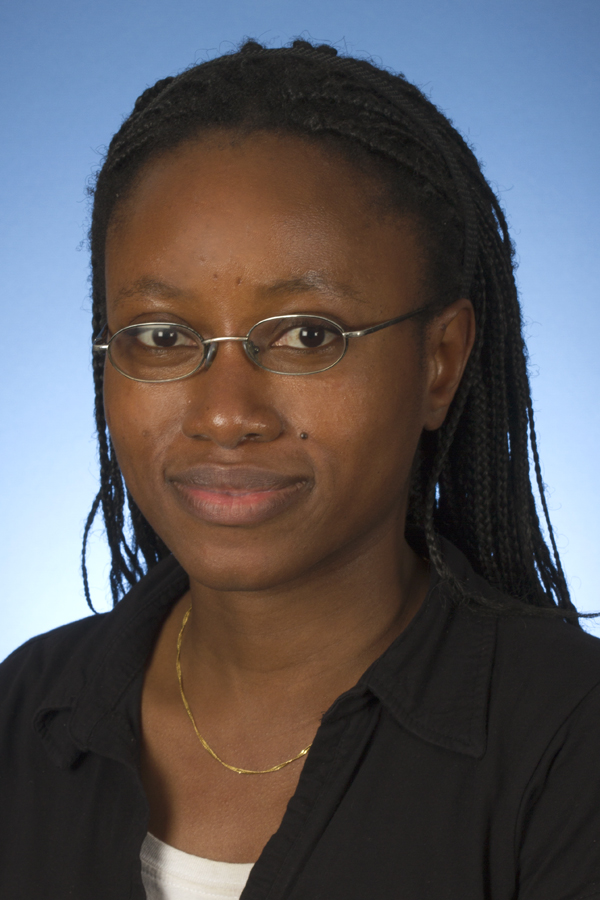2017-2018 Vision Network Publication Award Laureates
Liu Liu
PhD Student, McGill University
Laboratory : Dr Christopher Pack
I started my neuroscience training at the University of Toronto. I completed my undergraduate thesis with Dr. William D Hutchison studying the mechanism of deep brain stimulation, a treatment for movement disorders such as Parkinson’s disease. We found deep brain stimulation can silence pathological neural activity and replace it with a regular pattern of activity (Liu et al. 2012 J Neurophysiol). We further showed this is important for the treatment of Parkinson’s disease and patients’ outcomes (Prescott et al. 2014; Kronenbuerger et al. 2010).
To broaden my research horizon and gain experience working with animal models, I then started my PhD at McGill University. I did rotations at various labs and discovered my passion for vision research in the laboratory of Dr. Christopher Pack. I examined the neural coding and the neural circuit underlying visual behaviors in primates (Liu et al. 2016 eLife; Liu et al. In revision; Cui et al. 2013, 2016 J Neurosci). Lately, Dr. Pack and I found the circuitry underlying visual behaviors can be quite plastic and depends on the animals’ training (Liu & Pack 2017 Neuron)
I recently started my postdoctoral fellowship at the Janelia Research Campus of the Howard Hughes Medical Institute working with Drs. Karel Svoboda and Nuo Li. The collaborative environment at Janelia offers me full freedom to pursue interesting neuroscience questions in my next step of training.
Ian O. Massé
PhD Student, Université du Québec à Trois-Rivières
Laboratory : Dr Denis Boire
I did my PhD in psychology, research profile, at the Université du Québec à Trois-Rivières, in the functional neuroanatomy laboratory, under the direction of Drs. Gilles Bronchti and Denis Boire. This university was an excellent choice for postgraduate studies in neuroscience since several research units are actively involved in this field, and the researchers are actively collaborating by sharing their equipment and expertise, which allowed me to better appreciate the different aspects of a study in neuroscience. The involvement of the various research supervisors of these laboratories allowed me to attend several activities proposed in order to supervise graduate students in their projects, such as conferences and seminars. The university itself has also encouraged me to participate in national and international neuroscience conferences by providing financial support. Dr. Boire also allowed me to become a member of the FRQS Réseau de la Recherche en Santé de la Vision. This allowed me to know the main stakeholders in their field of study, to learn about the work of graduate students from other universities of Quebec and also to attend conferences of internationally renowned researchers. Since the beginning of my research career, my communication skills have been rewarded by the RRSV with a scientific poster presentation award at the 2015 Annual Meeting and an oral presentation award at the day of the brain and perception axis of 2012.
I did my thesis on « The connections of the primary sensory cortices for the contextual and multisensory treatment of information » in the laboratory of Dr. Bronchti and Boire. The issues that are addressed here, neural plasticity and brain connectivity, corresponded to my research interests. This thesis allowed me to contribute in an original way to knowledge on microcircuitry, neuroanatomy, vision, connectivity between primary sensory cortices, multisensory interactions, sensory perception, and blindness, in addition to allowing me to publish an article in the prestigious journal, Cerebral Cortex. I used the mouse in this thesis as an animal research model to use invasive techniques and to appreciate the anatomical substrates of brain connections at the cellular level. This allowed me to master the use of rodents for experimentation purposes.
Corinne Zinflou
PhD student, Université Laval
Laboratory : Dr Patrick J. Rochette
I have a Bachelor of Science degree in biology from Laval University. During my undergraduate training, I carried out a research internship in Pr. Sylvain Guérin (PhD) laboratory at the CHU de Québec Research Center, where I was involved in projects studying the molecular mechanisms governing α5 integrin gene expression during corneal wound healing. Given my interest in health/environment relationship issues, I completed a Master’s degree in experimental medicine (with a specialization in environmental toxicology) at Laval University, under Pr. Pierre Ayotte (PhD) supervision in the biomarkers laboratory of the Quebec toxicology center (Institut National de Santé Publique du Québec). There, I developed a method using DNA repair capacity as a biomarker to assess individual susceptibility to a chronic exposure to arsenic, an ubiquitous environmental pollutant.
I started a PhD in Pr. Patrick Rochette (PhD) laboratory at the CHU de Québec /Laval University Research Center. I am investigating the toxic potential of light radiations reaching the eyes, and my PhD project consists of two majors projects: the first one focuses on the consequences of the oxidation generated in the cornea following an ocular exposure to ultraviolet-A radiations; the second project assess blue light toxicity on retinal pigment epithelium integrity. The article presented is the result of the works undertaken in the first issue. During my PhD training, I developed a much diversified technical skill and a great knowledge of oxidation-related molecular mechanisms. I had the opportunity to present my works in many congresses, and obtained an excellence prize in oral presentation category from the VHRN in 2016. I received a travel award from the American Society for Photobiology in 2016 to present my results at their biannual meeting held in Tampa Bay. Besides my thesis project, I contributed to a study, which goal was to assess ocular tissues differential aging, using telomere shortening analysis. This study led to a paper in IOVS journal for which I am co-first author.





